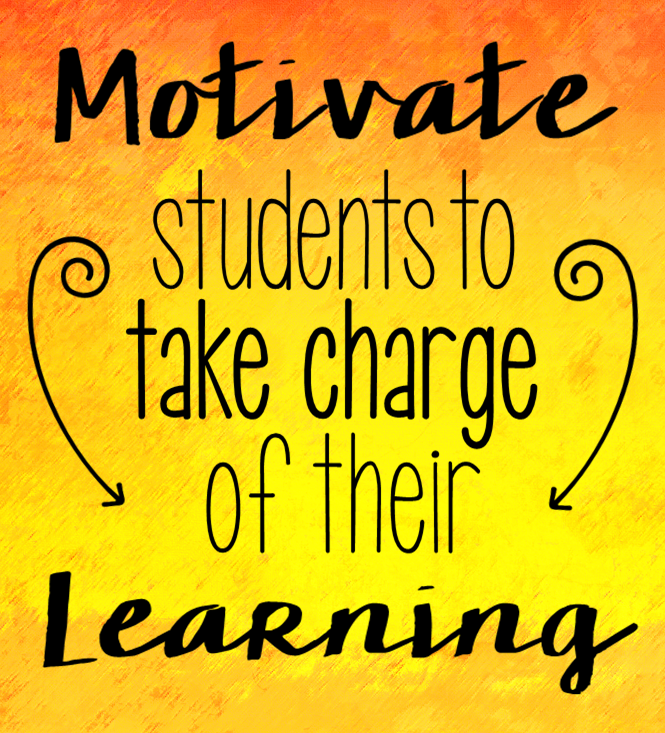My journey into the complexities of the gradual release framework continues. I specifically chose to use the term "complexities" because it is defined as "a factor involved in a complicated process or situation." This perfectly captures the complex process we educators undergo as we plan how and when to let students begin assuming control of their own learning.
We want to empower and challenge our students with rigorous and meaningful work, yet at the same time, we have to be careful not to frustrate them by releasing too much too soon. It's a fine balance that brings to mind Lev Vygotsky's Zone of Proximal Development, which is defined as "the space between what a learner can do without assistance and what a learner can do with adult guidance or in collaboration with more capable peers."
The key is to have a deep knowledge of where our students are academically. There are several ways to ascertain that information, such as anecdotal notes taken during instruction, formative assessment results, and exit tickets, to name just a few. In our district, we are fortunate to have iReady to help us track students' progress (i.e. lessons passed) and needs on a monthly, weekly, and even daily basis. These are but a few of the ways we can collect information about our student's academic needs, which can range anywhere from filling in academic gaps to challenging students. The information we gain will enable us to determine at what point students are ready to be more independent.
As I mentioned in my previous blog, I read Better Learning Through Structured Teaching by Douglas Fisher and Nancy Frey to build my knowledge of gradual release. My logical next step was to try out my newly acquired knowledge with my own students. I began the process yesterday during my students' writing block. To be honest, it wasn't comfortable. I expected and even embraced those uncomfortable feelings. I was challenged, but not frustrated. (I explained to my students that it's common to experience a range of emotions when learning new material.) There was a palpable tension in the air as I was gradually letting go and encouraging students to work more independently. Note that I said, "more independently." You can't just throw students into the cold, deep water; you need to ensure that students know how to swim.
I was pleasantly surprised to see students willingly grapple through the writing process. They reached out to one another for support as they struggled to craft sentences and spell words correctly. They read their writing to one another to obtain a second opinion. A handful of students even asked if they could start over because it wasn't their best work. I'm learning a lot. I'm learning how to gradually let go.
Still Loving Every Minute,
Lola E. Jollie




No comments:
Post a Comment